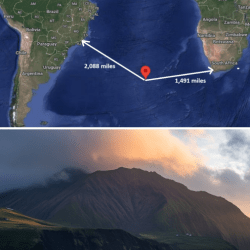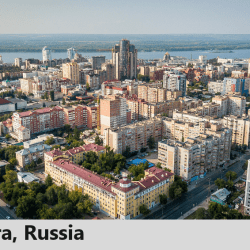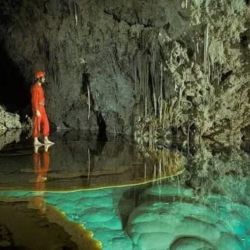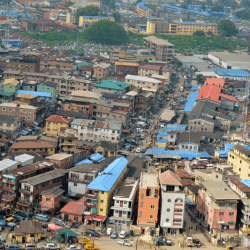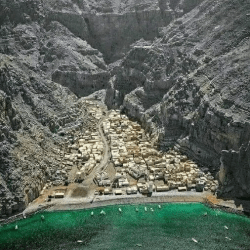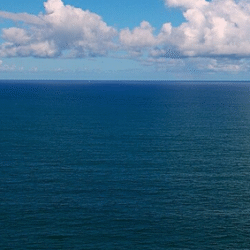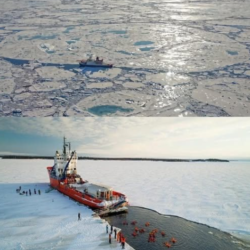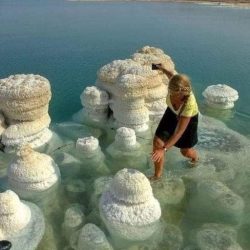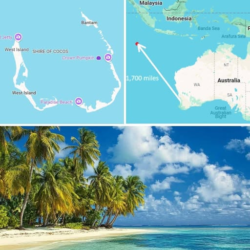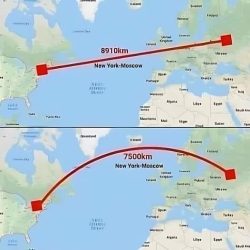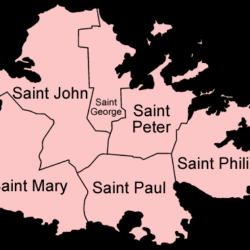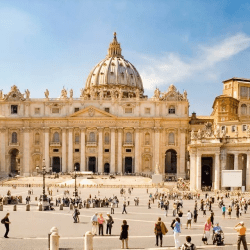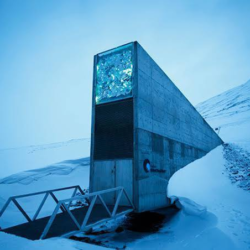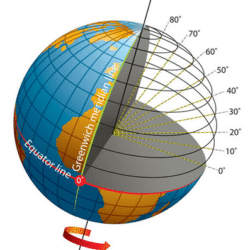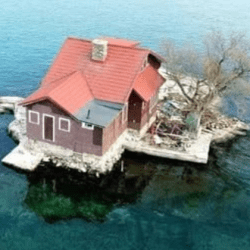Bouvet Island, a Norwegian dependency, is widely regarded as the most remote and inaccessible landmass on Earth. Located in the South Atlantic Ocean, it lies at a staggering distance from any major landmasses, surrounded by treacherous seas and harsh weather conditions. Its isolation, however, belies its significance as a pristine natural reserve and a site of scientific interest.
Geography and Location
- Position on the Globe: Bouvet Island sits approximately 2,600 kilometers (1,615 miles) southwest of South Africa and over 1,600 kilometers (1,000 miles) from Queen Maud Land in Antarctica. This remote positioning ensures its title as one of the loneliest places on Earth.
- Size and Terrain: The island spans just 49 square kilometers (19 square miles) and is almost completely enveloped in glacial ice. Its rugged terrain, marked by steep cliffs, makes it virtually impossible to access by conventional means.
Climate and Inaccessibility
- Harsh Weather Conditions: The island experiences extreme weather, with freezing temperatures and persistent storms. These conditions deter casual visits and make long-term habitation impractical.
- Landing Challenges: Bouvet Island is surrounded by sheer cliffs, adding to the difficulty of setting foot on its shores. No airstrips or permanent infrastructure exist to support human access.
Scientific Significance
- Global Weather Patterns: Bouvet Island’s pristine environment is invaluable for meteorological and climate research. Its location in the Southern Ocean offers unique insights into global weather dynamics.
- Antarctic Ecosystems: As a designated nature reserve, the island plays a role in understanding Antarctic and sub-Antarctic ecosystems.
Volcanic Activity
- Hidden Volcano: Beneath the island’s ice lies an active volcano, a reminder of the island’s dynamic geological history. While its activity is largely concealed, the volcano contributes to the island’s rugged topography and formation.
Flora and Fauna
- Resilient Ecosystem: Despite its icy expanse, Bouvet Island supports a small but thriving ecosystem. Mosses and lichens cling to life in the harsh conditions, forming the base of the ecosystem.
- Wildlife: The island is home to seabirds such as petrels and penguins, which nest on its rocky cliffs. Seals also frequent its shores, highlighting its importance as a habitat for marine species.
Human Interaction
- No Permanent Presence: Bouvet Island has no permanent residents, making it one of the few places on Earth untouched by human development.
- Limited Access: The island can only be reached by specialized vessels equipped to navigate the Southern Ocean’s rough waters. Occasional visits are usually made by researchers or adventurers, who face significant logistical challenges.
Symbol of Isolation and Natural Beauty
For those seeking unparalleled solitude, Bouvet Island stands as a testament to nature’s raw, unaltered beauty. Its remote location and resilience offer a glimpse into a world untouched by civilization. Though inhospitable to humans, it remains a critical sanctuary for wildlife and a frontier for scientific exploration.
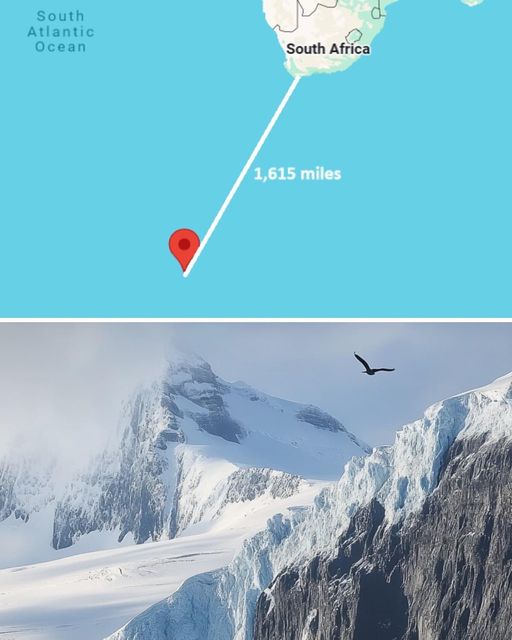
- Bouvet Island is the epitome of remoteness, lying far from any human settlement.
- Its icy cliffs, active volcano, and rugged terrain create a hostile but fascinating environment.
- The island is a vital nature reserve, providing insights into global weather and Antarctic ecosystems.
For adventurers and scientists alike, Bouvet Island represents the ultimate edge of isolation, where nature reigns supreme.
